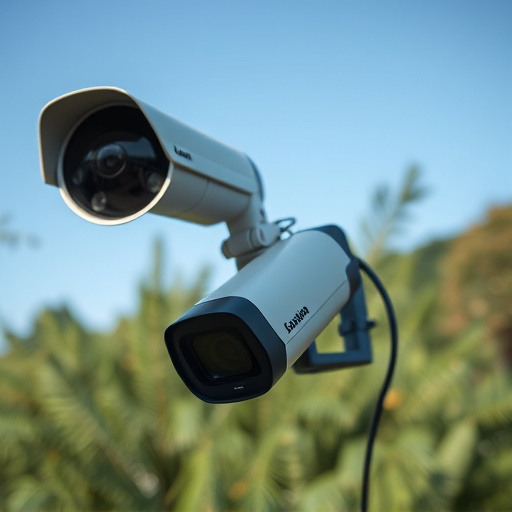Detecting Small Hidden Cameras in nurseries using light reflection techniques is a non-invasive method that exposes covert recording devices. By analyzing irregular light patterns and reflections, professionals can uncover hidden cameras strategically placed in bustling nursery settings. This approach ensures privacy and safety, allowing parents to maintain security without disrupting daily routines, thus preventing small hidden cameras from compromising personal moments.
Unveiling small hidden cameras in nurseries is a growing concern, prompting innovative solutions like light reflection techniques. This article delves into the science behind detecting these covert devices, offering practical insights for parents and caregivers. We explore how understanding light reflection can expose hidden cameras, focusing on nursery settings. Learn effective strategies to identify and prevent their use, ensuring a safer environment for children. From recognizing subtle clues to implementing robust security measures, we provide a comprehensive guide to combat this modern-day enigma.
- Understanding Light Reflection for Camera Detection
- Identifying Hidden Cameras in Nursery Settings
- Techniques to Uncover Small Spy Cameras
- Preventing and Securing Against Hidden Cameras
Understanding Light Reflection for Camera Detection
Understanding how light reflects is key to detecting small hidden cameras in places like nurseries, where privacy and security are paramount. When a camera captures an image, it relies on reflecting light from its target area. By analyzing these reflections, advanced techniques can identify irregular patterns indicative of a covert recording device. This method leverages the science behind how light interacts with surfaces to non-invasively uncover hidden cameras, making it an invaluable tool for maintaining privacy in sensitive environments like nurseries where Small Hidden Cameras might be utilized.
Identifying Hidden Cameras in Nursery Settings
In recent years, with an increase in small hidden cameras, nursery settings have become a concern for privacy and safety. Identifying these covert devices requires a methodical approach, focusing on light reflection techniques. When a small hidden camera is positioned to capture activity, it often reflects ambient light differently than surrounding objects, creating subtle visual anomalies. By analyzing these reflections, trained professionals can uncover concealed cameras, especially in areas with complex lighting conditions like nurseries.
Nurseries, being vibrant and bustling environments with numerous surfaces, present unique challenges for spy camera detection. Skilled investigators use specialized tools to manipulate light sources and observe how it interacts with various surfaces, potentially revealing hidden cameras. This technique becomes even more crucial when dealing with small hidden cameras for nursery settings, as these devices may be meticulously placed to evade traditional detection methods.
Techniques to Uncover Small Spy Cameras
Uncovering small hidden cameras, particularly in sensitive areas like a nursery, requires a meticulous approach. One effective technique is to use specialized lighting and reflection methods. By strategically placing lights at different angles, one can detect unusual reflections that may indicate the presence of a spy camera lens. This involves careful observation of light patterns on surfaces, looking for any subtle deviations that could suggest a hidden optical device.
For parents concerned about privacy in their nursery, employing this method is crucial. It’s a non-invasive approach that allows you to ensure your space remains secure without causing disruption. Regularly testing with various lighting conditions can help maintain peace of mind, knowing that small hidden cameras for nursery are detected and prevented from compromising personal moments.
Preventing and Securing Against Hidden Cameras
Preventing hidden cameras, like small hidden cameras for nursery spaces, involves a thoughtful approach to security. One effective technique is utilizing light reflection methods. By strategically placing reflective surfaces, such as highly polished metal or glass, in areas where hidden cameras are likely to be installed, you can disrupt the camera’s line of sight. This simple yet clever tactic makes it harder for covert recorders to capture images or videos unnoticed.
Regular checks and maintenance are also crucial. Inspecting spaces frequently, especially high-risk areas like nurseries or private homes, can help identify any suspicious devices. It encourages a culture of vigilance where individuals become more attuned to potential threats, ultimately making it safer and more secure for everyone.
The detection of small hidden cameras, particularly in nursery settings, requires a deep understanding of light reflection techniques. By utilizing specific lighting angles and analyzing reflected light patterns, it becomes feasible to identify these clandestine devices. The strategies outlined in this article—from recognizing subtle reflection anomalies to employing advanced detection tools—empower parents, caregivers, and facilities to safeguard children’s privacy. Proactive measures, such as regular security audits and the use of reflective surfaces, further bolster protection against small hidden cameras in nurseries.
